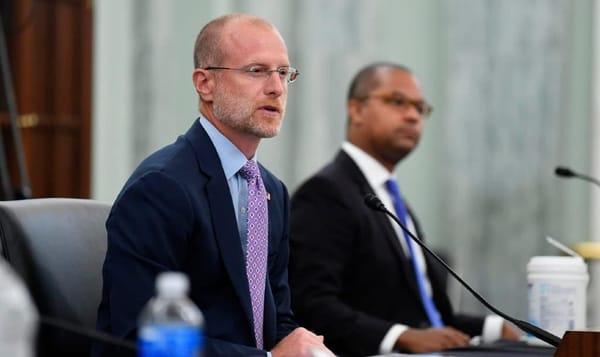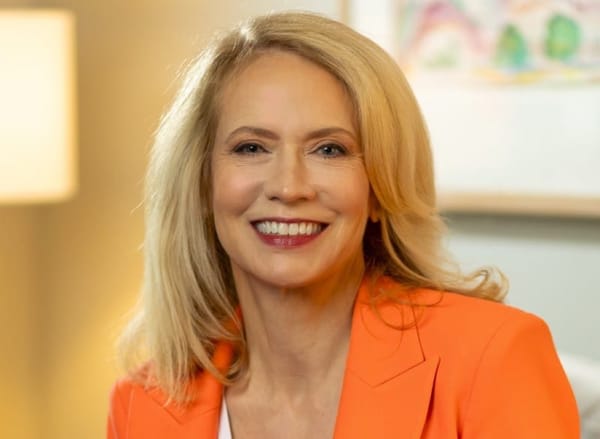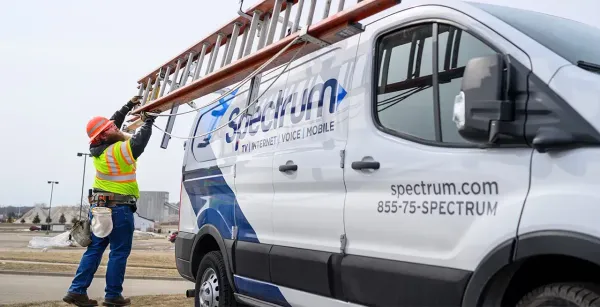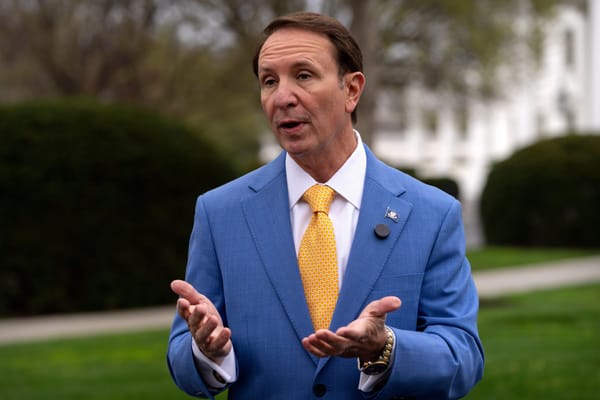Advice from Southwest State Broadband Heads on BEAD
Applications from WISPs would help inform extremely high-cost thresholds, they said.
Jake Neenan, Drew Clark

DENVER, August 7, 2024 – State broadband heads from the southwest U.S. had updates on their Broadband Equity, Access, and Deployment program roll outs, as well as advice for providers looking to participate, at a Tuesday session at the Mountain Connect conference.
Quick updates:
- Kansas received federal approval on Friday of the results of its BEAD challenge process, making it one of just a handful of states to get that necessary greenlight. The state is now looking to open up its grant application process “very soon.”
- New Mexico is putting proposed project areas, the geographic units BEAD participants will apply to serve, up for public comment in the near future. The state’s broadband office director said some people have already flagged concerns that those areas might be too large, but the state has been trying to ensure that even the most remote locations got at least one bid.
- Arizona got its BEAD plan fully approved on Monday, It has plans to publish its tentative project areas within a month.
- Texas has been working on getting its BEAD plan approved, but will put out a formal request for industry input on defining project areas “in the coming days and weeks.”
Advice for providers:
Echoing statements from other state broadband heads at the Fiber Connect trade show last week, Kansas Interim Director of Broadband Deployment Joseph Le urged providers looking at BEAD to get in touch with their state broadband offices. Le said Kansas’s pre-registration portal opened in May, but no providers have completed the process yet, despite some provider engagement with his office.
“Go to your states, talk to them. They want to help you,” he said. “They want to help clarify things for you, and they want to do what they can within the confines of NTIA guidelines to make the process as easy to understand” as possible.”
Greg Conte, director of the Texas Broadband Development Office, encouraged wireless ISPs to apply for BEAD grants despite the program’s preference for fiber. He said the data on cost from other technologies will help the state set its “extremely high-cost threshold,” the price point at which states will start to consider funding non-fiber projects. Le seconded this approach, adding that providers could submit multiple applications with different technology types for the same area.
“We want to make sure that we have the data available to make the best decision when it comes to that extremely high-cost threshold,” Conte said.
New Mexico Office of Broadband Director Drew Lovelace encouraged prospective applicants to start thinking about how they could come up with matching funds. BEAD requires grantees to match 25 percent of their project costs.
“I’m not really looking to give match waivers,” he said. “Because every time I do that, that reduces the amount of money I have to go around the state when there’s not enough already.”











Member discussion